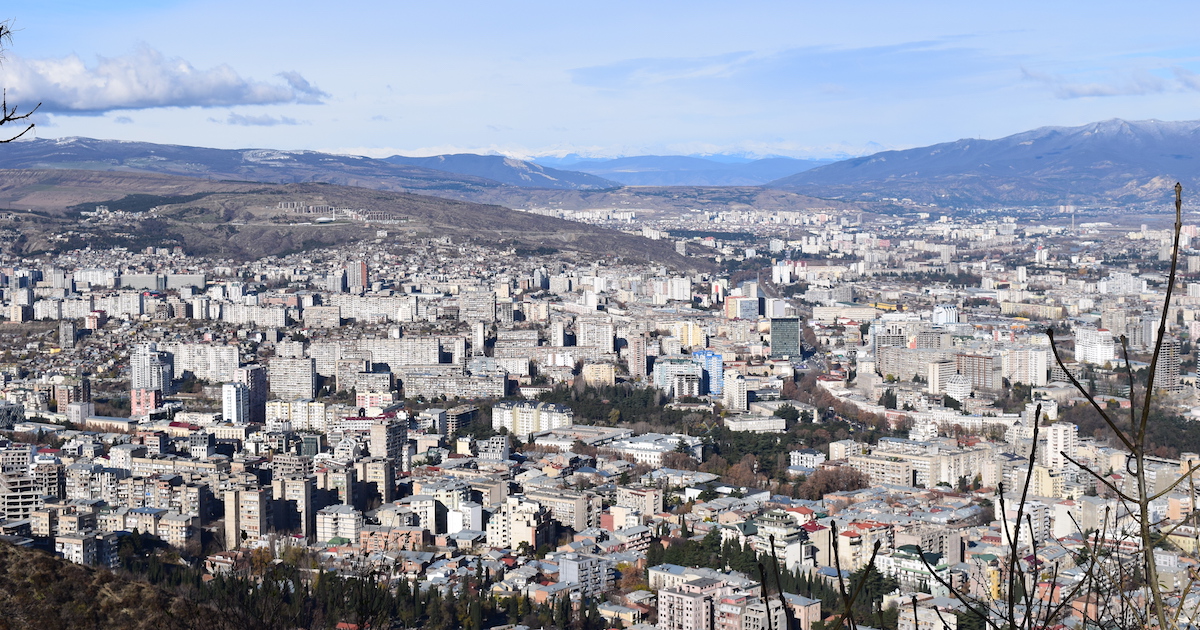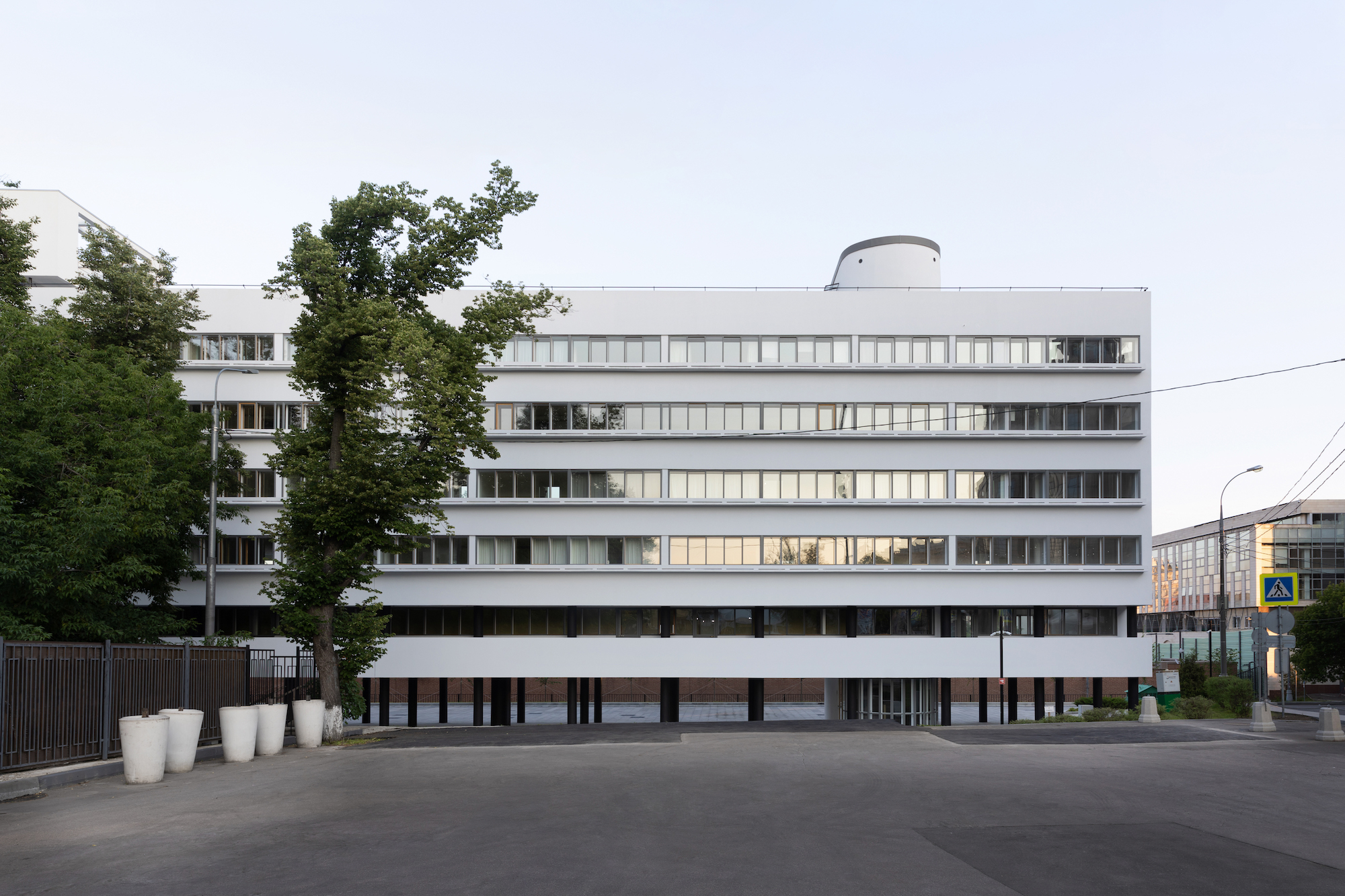‘What do we have in common?’ 5 radical ideas for post-pandemic cities from the Tbilisi Architecture Biennial
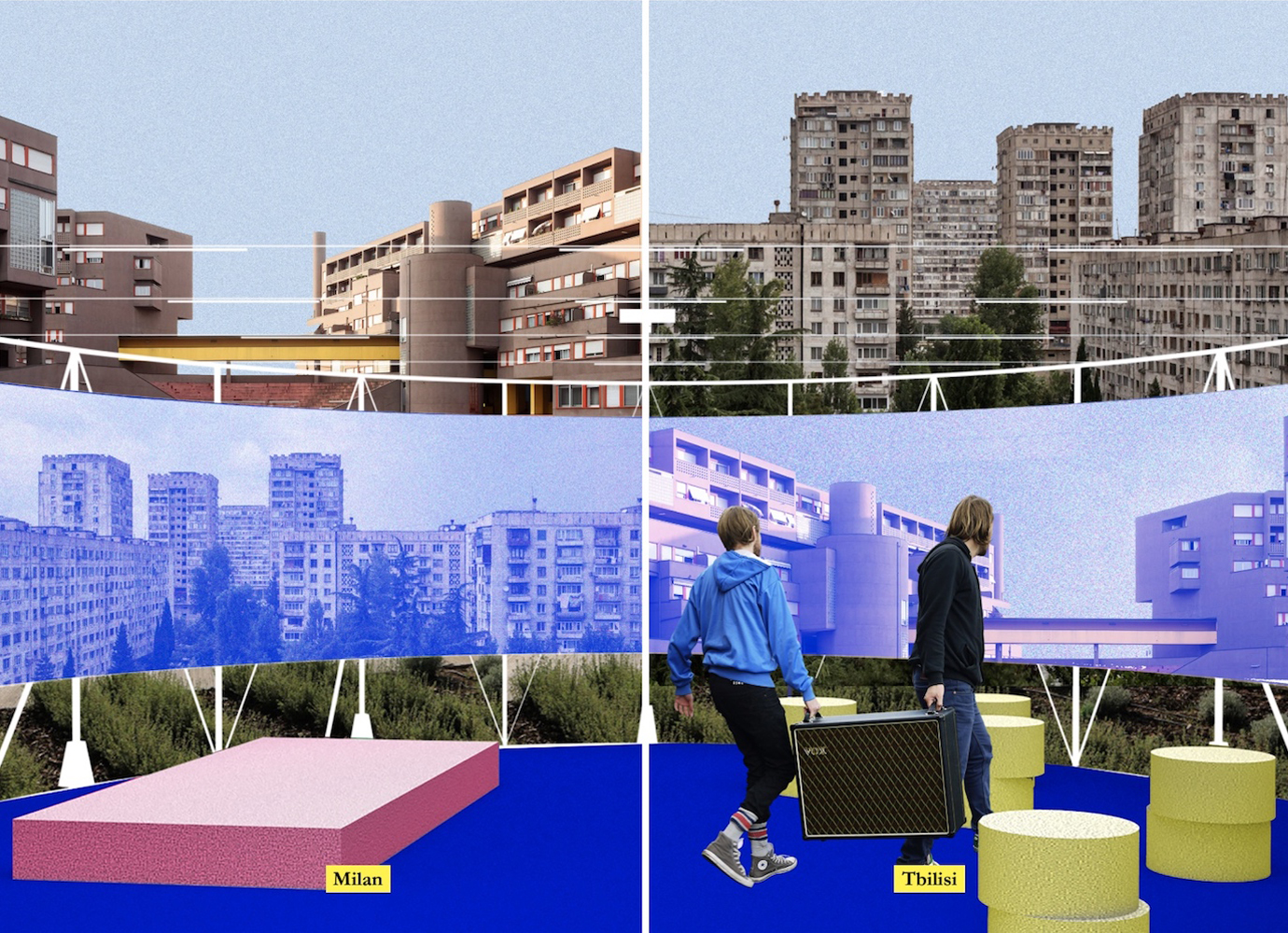
The Tbilisi Architecture Biennial is kicking off with over 60 digital projects both online and offline in Tbilisi, Berlin, Milan, London, Kyiv, and Warsaw. The events, which range from installations and talks to exhibitions and workshops, bring together international creatives, architects, artists, and scholars to answer the question: “What Do We Have In Common?”
“To our surprise, we found an answer [to this question] much sooner than we anticipated,” Tinatin Gurgenidze, Co-founder of Tbilisi Architecture Biennale told The Calvert Journal. “With the sudden shifts in our lives, caused by the ongoing pandemic, it’s become clear that we are in this together and that nobody is spared from the virus’s effects. Dramatic alterations to our cities and our ability to use them collectively have made clear what we have in common, while also exposing and intensifying existing inequalities and injustices.”
The first post-independence edition of the biennial in 2018 focused on informal architecture which saw events scattered across different areas of Tbilisi. This year, Covid-19 has forced the biennial to move most of its events to an online space. Rather than a limitation, however, the digital space has proven itself as an opportunity for a more international creative exchange at TAB.
The Calvert Journal has selected some of the programme’s highlights that propose inclusive solutions and reflect on how a range of communities use public spaces in an ever changing, post-pandemic world.
Dicho
What is a post-pandemic public space? Dutch-Italian creative agency ab(normal) is proposing a minimal intervention in the public space of Tbilisi and Milan, which would allow YouTubers, twitch streamers, and Zoomers to leave their homes and change their backdrop. Looking a bit like a changing room, Dicho is a simple structure wrapped in chroma-key textile, where impromptu lectures and debates can be given and streamed in real time.
Out+Habit
This project’s radical premise is that the real inhabitants of public spaces are the homeless, yet urban plans rarely take them into account. A collaboration between Chybik + Kristof, a design practice with offices in Prague, Brno, and Bratislava, and the social enterprise Pragulic that challenges stereotypes on homelessness, Out+Habit will take online audiences on a tour of some of the most disregarded parts of Prague. The tour was created following talks between architects and homeless people in the Czech capital.
Vertical Urban Gardens
Over the past year, lockdowns have made us feel the scarcity of nature in our cities even more acutely than before. Spanish interdisciplinary architect Diego Sologuren is putting forward the innovative Vertical Urban Gardens: an outdoor elevator, transporting a potted tree up and down across different storeys built outside blocks of flats. The Vertical Urban Gardens represent a solution, as well as a challenge to the way we think about nature, either as a luxury, or as something common we don’t really look after.
If the project gets funded following the TAB competition, the urban garden will be created on the Tbilisi Biennial premises.
Queer(ing) Common Spaces
During lockdown, many queer community spaces such as clubs and bars have been closed. Yet outdoor queer spaces such as cruising grounds and nudist areas in Berlin’s Hasenheide Park have become ever more popular. Developed by POLIGONAL, a Berlin urbanist initiative, and the Berlin-based Lebanese urban researcher Nancy Nasser Al Deen, together with LGBTQ+ communities, Queer(ing) Common Spaces is a proposal for an archive showing the ways in which public spaces have been used by the queer communities in Tbilisi and Berlin. The archive will include representations of protests, resistance acts, performances, as well as personal encounters, in a bid to make queer experiences more visible, and build a continuous narrative about how queer communities negotiate public spaces in their cities.
The Hotel, the Sanatorium, the Pension and Their Refugee’s Room
What happens when humanitarian crises require new uses for buildings, moving away from their planned purpose? This installation of the interior of a refugee’s room in a rundown modernist hotel, to be exhibited in the courtyard of Ukraine’s National Art Museum in Kyiv, reflects on the condition of migrants, as well as on the urban implications of the post-Soviet negligence of the socialist modernist architectural heritage.
Examining the human costs of the war in Eastern Ukraine and in Abkhazia, the project also includes an archive of photos, books, and videos, exposing societal blind spots to war propaganda and neoliberal ideology. “The illegal occupation of modernist buildings becomes possible only if they are doomed to be a ruin,” the authors, architect Dana Kosmina and multimedia artist Mykola Ridnyi, explain.
Other buildings featured in the project include Hotel Zhytomir, Kuyalnik Sanatorium, and the Dzherelo pension in Ukraine, as well as hotel Iveria, Tskaltubo Sanatorium, and hotel Kolkheti in Georgia.
TAB is taking place 17 October–8 November. Find out more here.
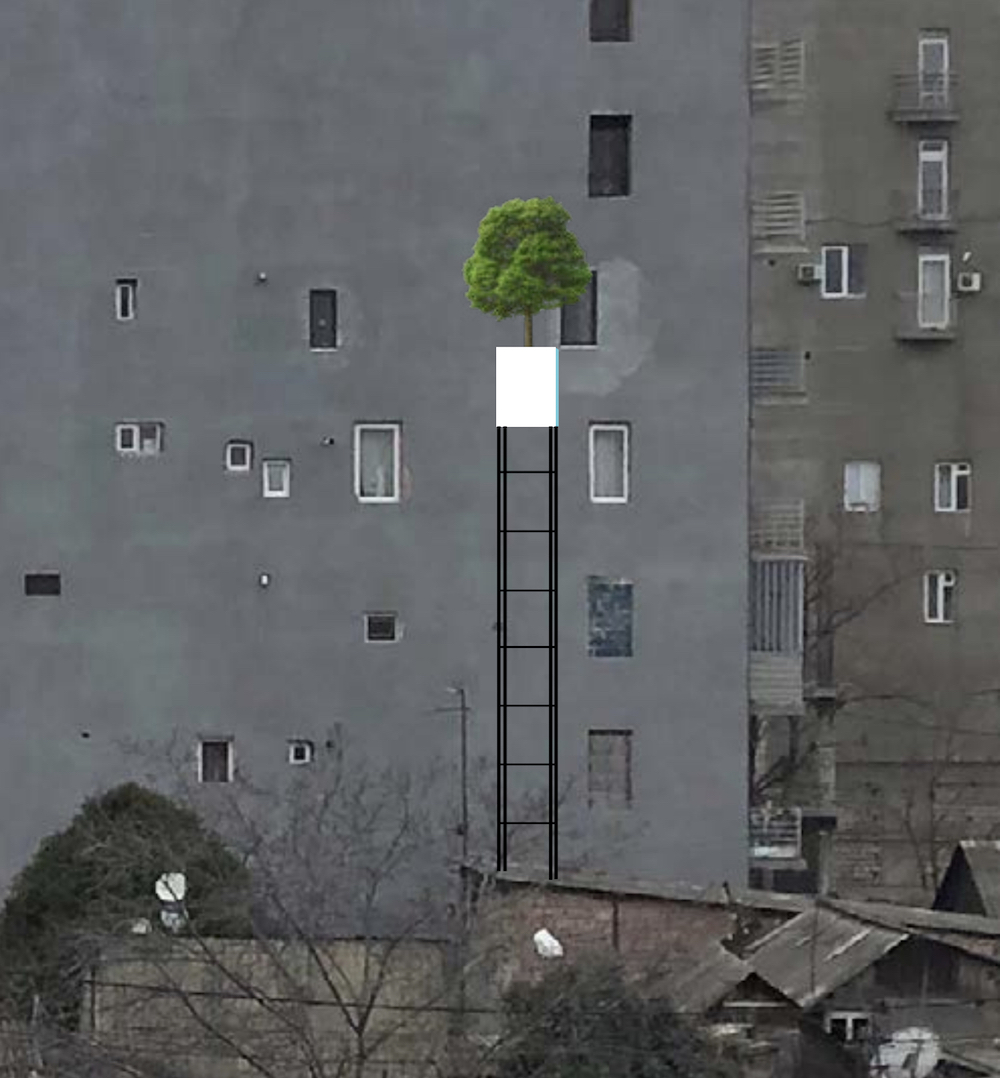
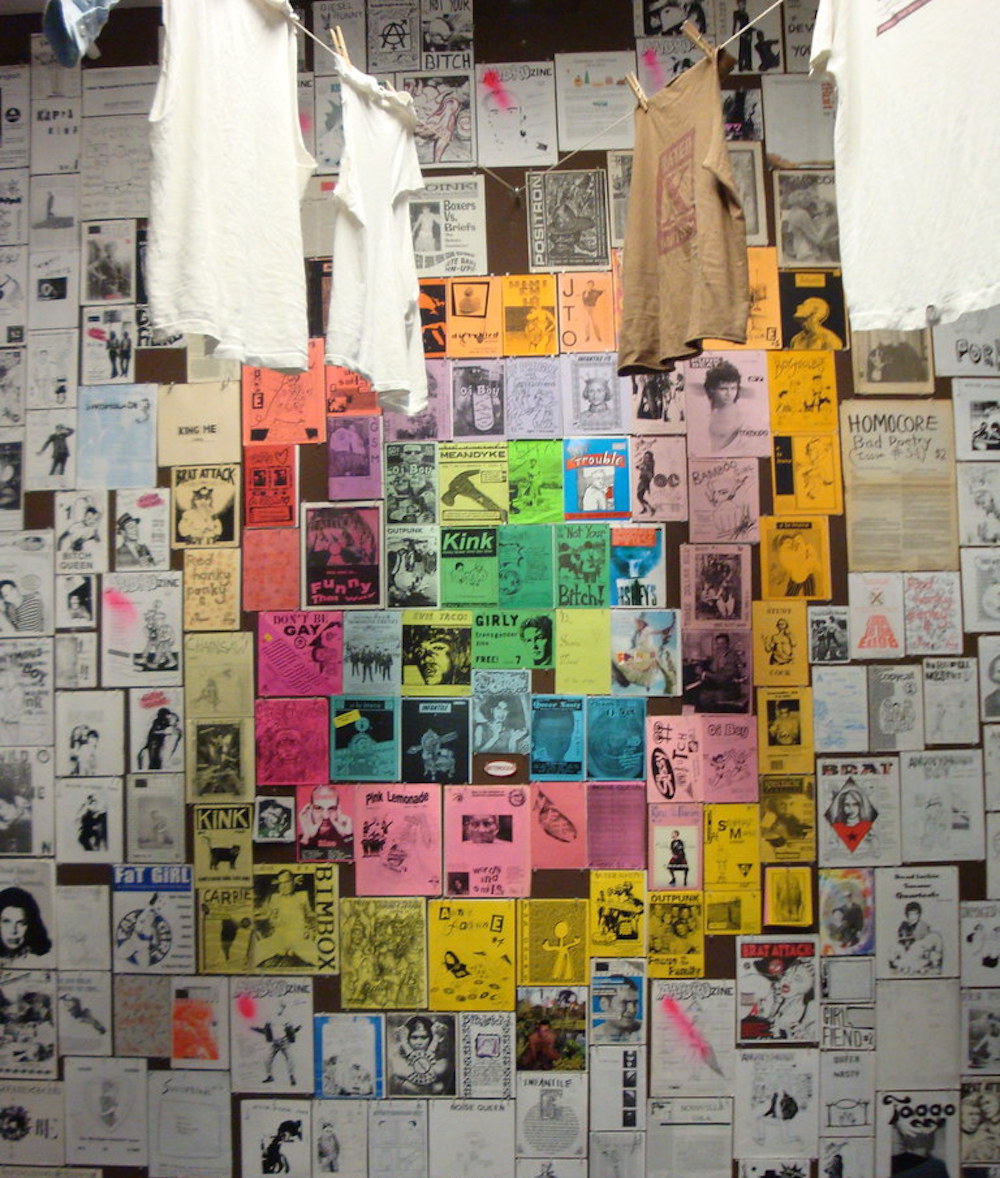
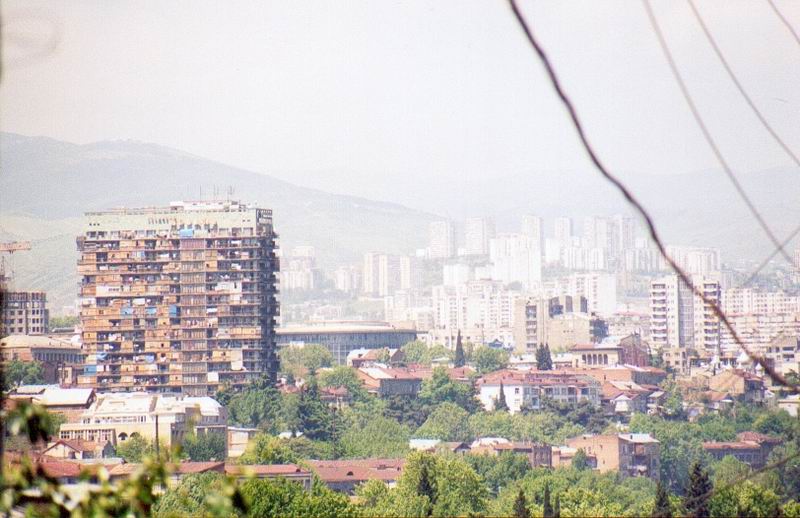
.jpg)
